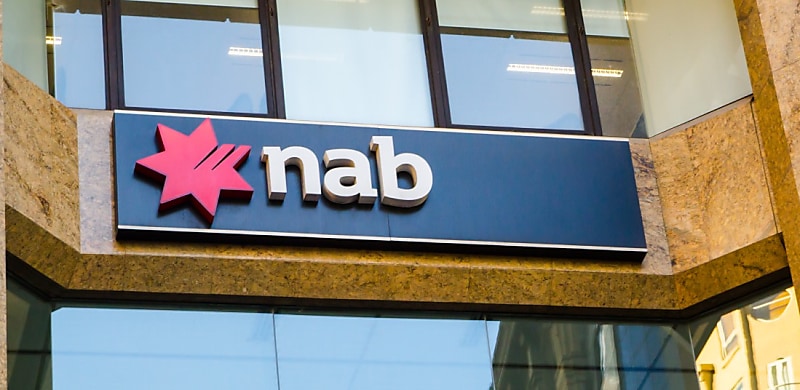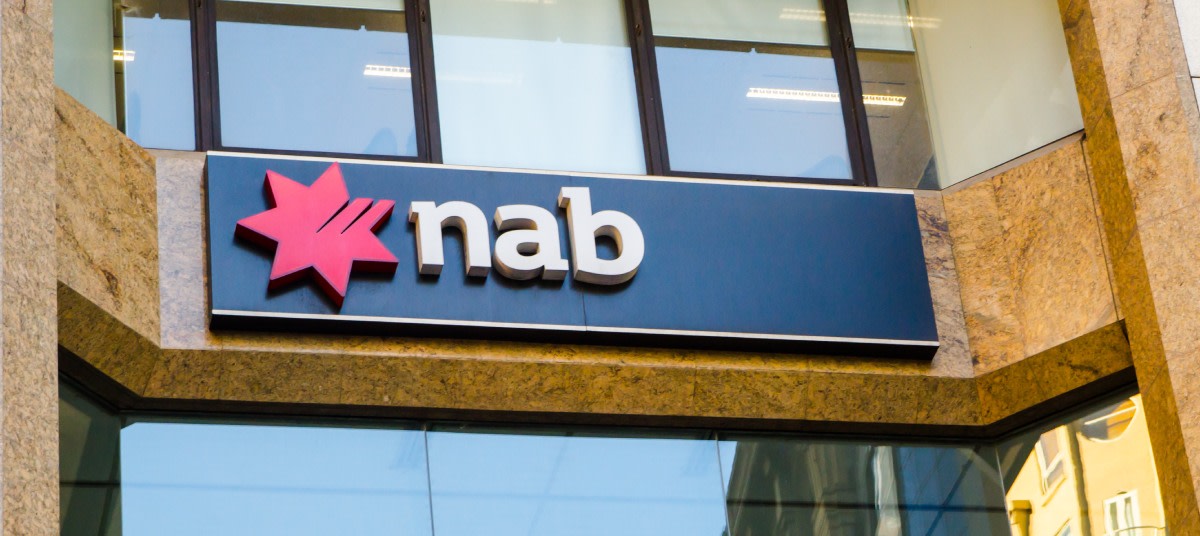
The major bank will disregard student debts of $20,000 when assessing mortgage applications.
National Australia Bank has become the latest lender to confirm that it will ignore some Higher Education Loan Program (HELP) debt repayments when assessing home loan applications.
From 31 July, if someone owes $20,000 or less in student debt, it will not affect how much they can borrow for their new home with NAB.
The major bank said the move could boost the borrowing power of customers with student debt, helping them get into the property market sooner or buy a home that better suits their needs.
Matt Dawson, NAB executive for home ownership, said the change will make a positive difference for first home buyers, especially.
“For too long HELP debt has been a roadblock for many Australians looking to buy a home,” Dawson said.
“NAB was pleased to advocate for this change last year which will allow more people to turn their homeownership dreams into reality, faster. From 31 July, some HELP repayments won’t be part of NAB’s home lending assessment, so customers can hit the real estate market sooner.”
The update from NAB on how it treats student debt follows an announcement from the Commonwealth Bank of Australia (CBA) in April, after it confirmed it would exclude HELP debt from home loan servicing calculations for borrowers who can repay their student debt within 12 months.
For borrowers who can repay HELP debt between one and five years, CBA said it is also piloting assessing home loan serviceability with a lower assessment rate buffer of 1 per cent.
Student debt shifted into the spotlight earlier this year when federal Treasurer Jim Chalmers instructed the Australian Securities and Investments Commission (ASIC) and the Australian Prudential Regulation Authority (APRA) to update their guidance regarding the way student debts are treated in serviceability assessments.
At the time, Chalmers said: “People with a HELP debt should be treated fairly when they want to buy a house, and we’re working with the regulators to make sure they are.
“By unlocking more finance from the banks, we’ll see more housing projects get off the ground more quickly.”
At the end of February, APRA began consulting on proposed changes off the back of the announcement and finalised new guidance last month.
By March, ASIC had updated its student debt guidelines and said lenders can be more flexible with their assessment of student debt compared to other consumer debts.
While NAB welcomed the move by the regulator to increase buying capacity for home buyers by clarifying the treatment of HELP debt, Dawson said housing supply remained the most significant challenge.
“It is critical to address both demand and supply-side measures together to help more Australians buy a home. There’s no simple fix, solving Australia’s housing challenges will take collaboration across the board,” Dawson said.
This week, the Albanese Labor Government introduced legislation to cut 20 per cent off all student debts. The move is aimed at wiping more than $16 billion off student debt – including all HELP, Vocational Education and Training (VET) Student Loans, Australian Apprenticeship Support Loans, Student Startup Loans, and other student loans.
In addition to cutting student debt by 20 per cent, the legislation raises the minimum amount before people have to start making repayments from $54,435 to $67,000 and reduces minimum repayments.
[Related: CBA changes its treatment of HELP debt]

